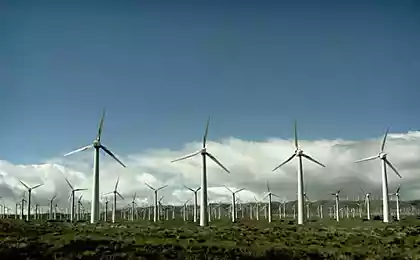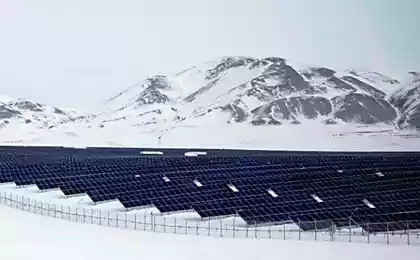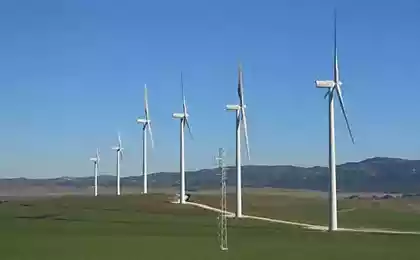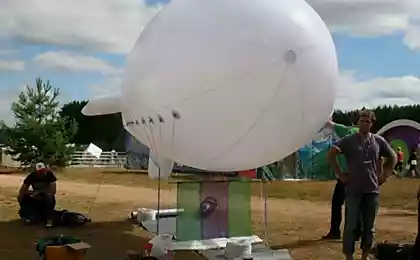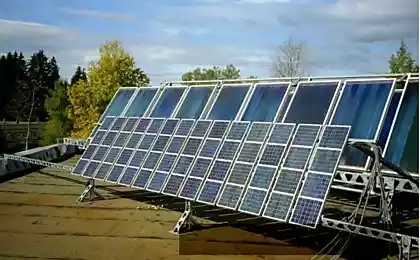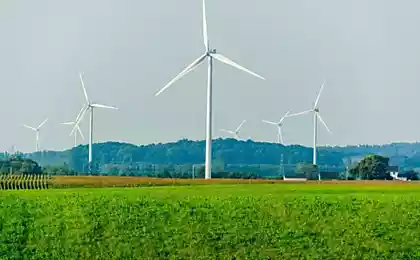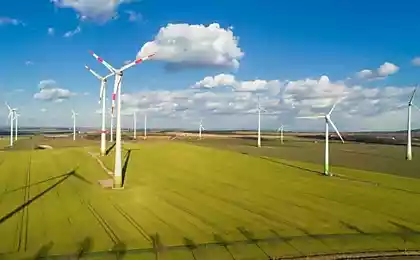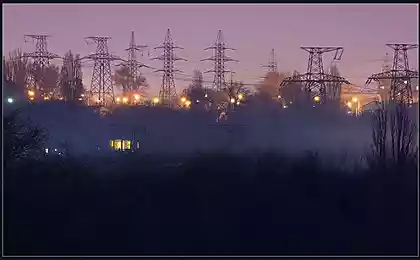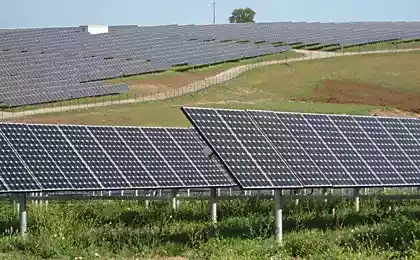451
Floating wind turbines collect energy the strongest winds
The race for renewable energy sources and green technologies continues to accelerate, podagricus this time, three new technologies floating air farms, which together are planning to break away from terrestrial counterparts.
The biggest challenges in the development of floating wind generators is to create a system that can be anchored in the deepest part of the ocean, and she will be able to resist all these strong winds and hurricanes, which in such places are not uncommon.
The reward, if successful, will be able to collect energy from the most powerful winds on the planet.
The existing technology of ocean wind farms is in the anchoring the platform with the turbine to the bottom of the ocean, which becomes very expensive and dangerous test at a depth of 40 meters.
Principle Power, a us company is currently at the forefront among the companies leading the development of floating turbine technology, with its own version of the technology called Windfloat.
Located at the current location since 2012, the Windfloat platform is the second full-sized wind turbine ever to be bred in the sea.
The highest point of the turbine blades is 120 metres above the surface, and she balanced three platforms, connected in a triangle, the feet of which goes to a depth of 20 meters under the ocean surface and filled with ballast water, which is moving inside the construction dampens the sway.
Windfloat has generated more than 1 billion kWh of electricity since its installation, and she was able to survive the horrific conditions of the winter period of the Portuguese coast. Recently, Principle Power has received a grant of 50 million U.S. dollars from the U.S. Department of Energy, which will help to install five turbines, with a capacity of 6 MWh each, near the coast of Oregon, where the depth is 350 meters.
With Windfloat for supremacy in the technology of floating turbines is fighting the first ever installed a floating turbine Hywind, Statoil, located off the coast of Stavanger, Norway.
Hywind was installed in 2010, and its design is completely different from the others – she just has one dummy column length of 100 meters, which is fixed on the seabed with ropes and has a relative movement.
Two Japanese companies also participate in this competition: technology of floating wind turbines put into service after the tragedy in Fukushima, and the first platform with the Japanese production wind turbines were installed in 2013.
At the moment the industrial giants Mitsubishi and Mitsui are fighting for the installation of turbines with a total capacity of 1 GW by 2020 – a floating wind farm will comprise 80 turbines, has been anchored off the coast of Fukushima — equivalent power of the destroyed nuclear power plant.
materials theguardian.com
Source: facepla.net
The most popular resorts of the Azov Sea
The lion's share of foreign drugs undergoing clinical trials in Russia


